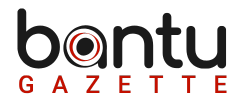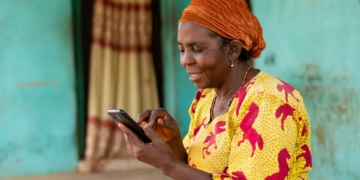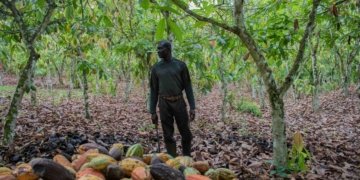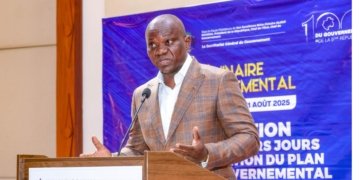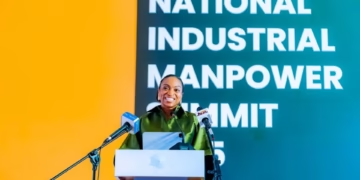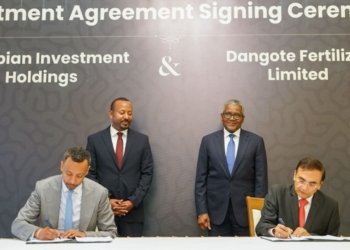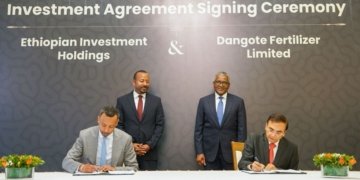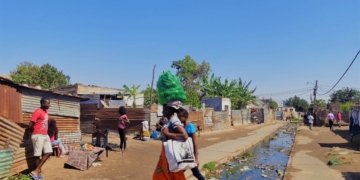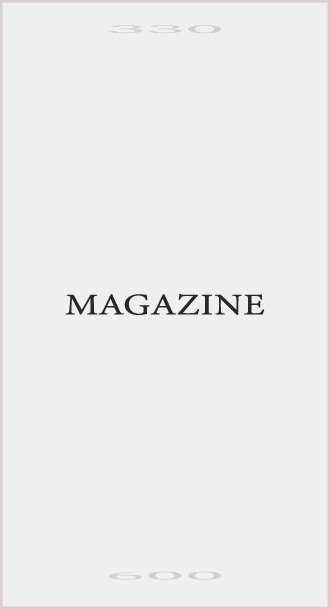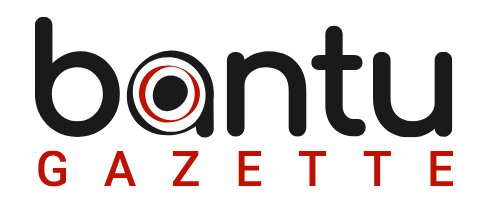BARENTU, Eritrea (BG) – Significant progress has been made in the Eritrean Gash Barka region’s agricultural sector through collaborative efforts involving the Ministry of Agriculture, local administrations, agricultural experts, and farmers, the Eritrean Ministry of Information said in a statement on Tuesday.
At a meeting conducted on December 21 in Barentu, north-western Eritra, officials and stakeholders convened to assess the advancements and strategize future initiatives to bolster agricultural productivity in the region.
At the meeting, Abubeker Osman, Director General of Agriculture and Land in the region, highlighted that the Gash Barka region, known for its fertile land and abundant livestock resources, has seen steady agricultural expansion due to these joint initiatives, according to the statement.
In 2024, community-based and farmer-focused preparations, including various training programs, led to substantial harvests and advancements in irrigation farming.
Key achievements include the renovation of over 18,000 hectares of water diversion schemes and terraces, the distribution of approximately 8,700 cubic meters of dry organic fertilizer and 50,000 liters of liquid fertilizer, and the supply of about 1.1 million quintals of vegetables and fruits to markets.
Efforts to control tree locust infestations involved spraying pesticides over approximately 4,800 hectares.
According to the statement, nine dams are under construction, with five completed, collectively holding a capacity of 1.2 million cubic meters of water.
Minister of Agriculture Arefaine Berhe emphasized the Ministry’s focus on developing small and medium-scale agribusinesses and coordinated small-scale family agricultural activities, urging increased participation in these programs, the statement added.
Mahmud Ali Hirui, Governor of the region, attributed the year’s abundant agricultural yield to the coordinated efforts of agricultural experts, farmers, local administrations, and favorable rainfall, calling for continued efforts to enhance the sector’s quantity and quality.
Participants at the meeting discussed various issues and recommended focusing on developing green animal fodder, expanding livestock vaccination programs, and conducting sustainable awareness-raising activities.
Eritrea, with a population of approximately 3.7 million, is located in the Horn of Africa.
The country’s recent growth performance has been marked by significant volatility due to its dependence on a predominantly rain-fed agriculture sector, accounting for about one-third of the economy and on a narrow mining sector, which also accounts for 20% of the economy, according to the World Bank.
